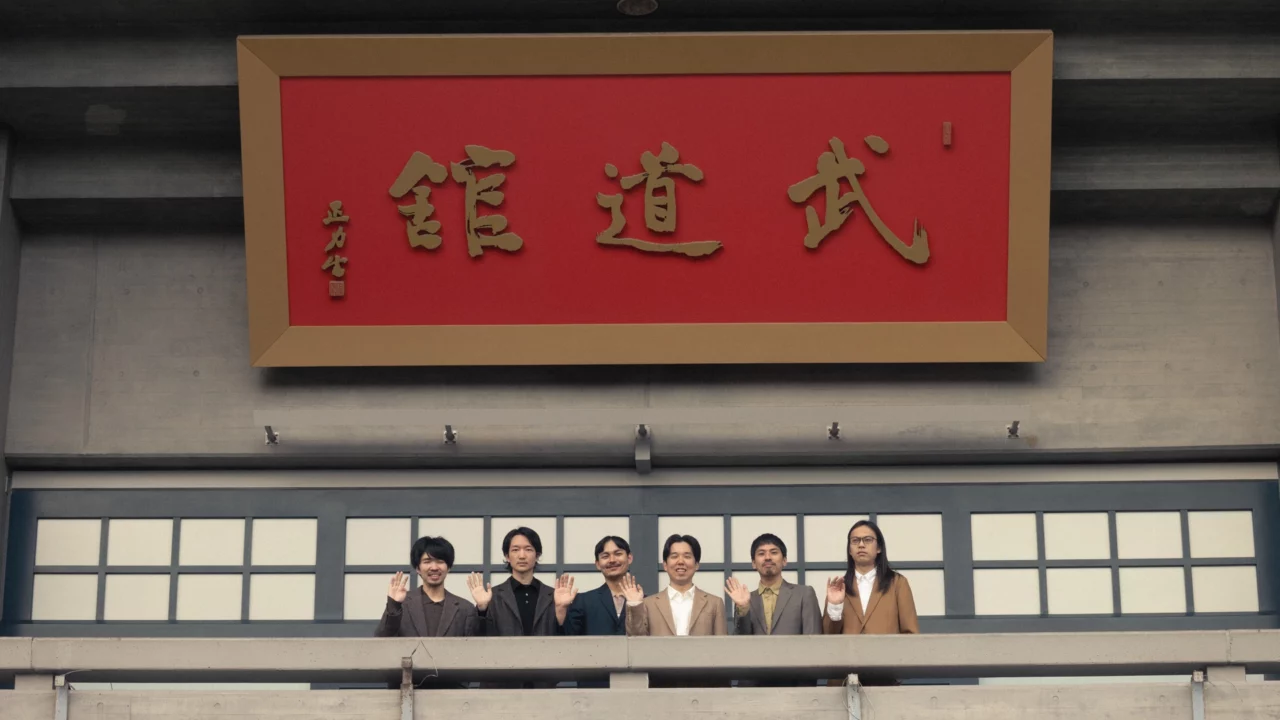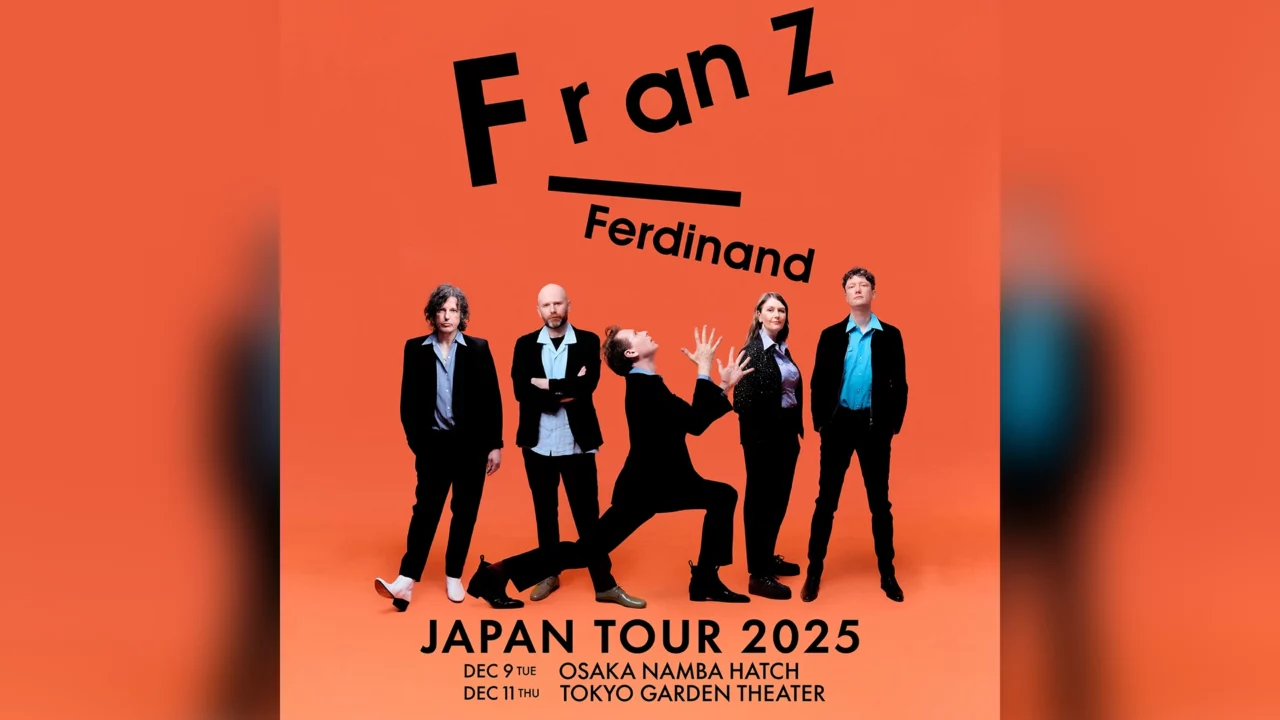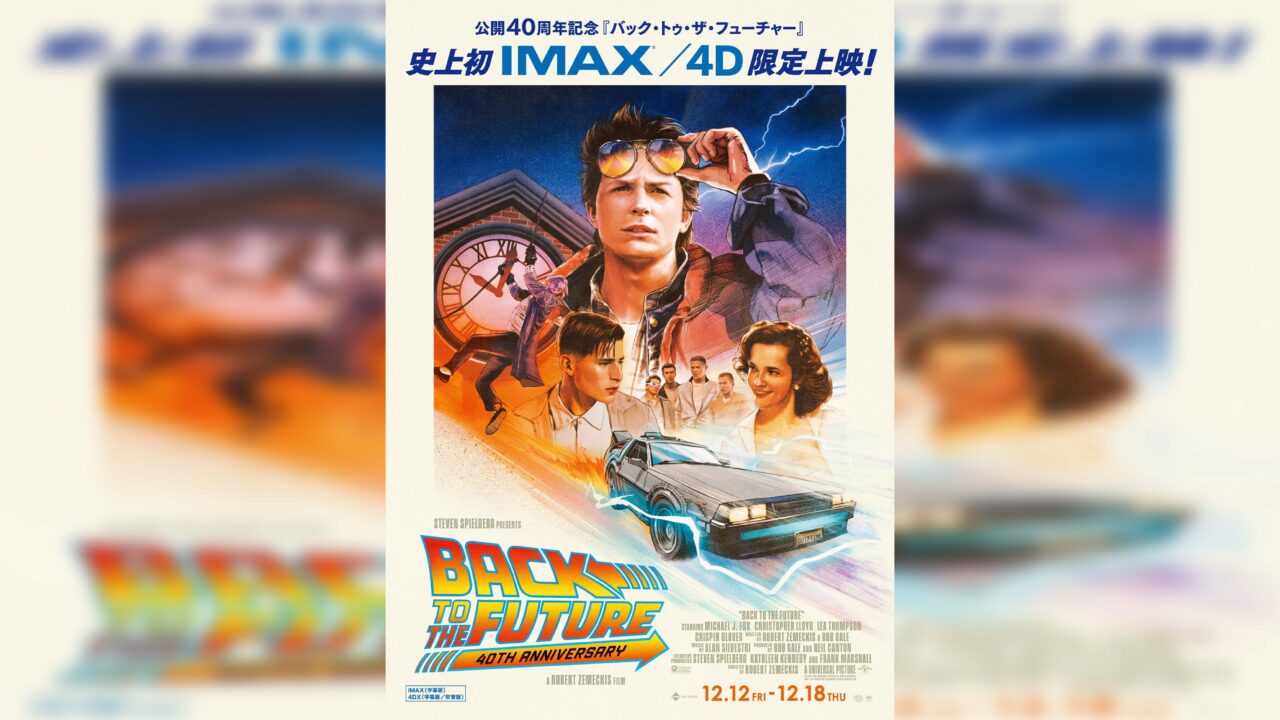A circle of friends connected by gootouchi! The “FIST BUMP” corner of the radio program “GRAND MARQUEE” features people who live and enjoy Tokyo in a relay format.
On October 17, Masatsugu Nagasoe, a filmmaker in charge of music videos for YOASOBI and Momoiro Clover Z, will appear. The interview focused on his path to becoming a filmmaker, how he created the ending of the first season of “Jujutsu Kaisen and how he enjoys his hobby of solo camping.
INDEX
How did you come to produce a wide range of videos, including commercials, music videos, and animations?
Celeina (MC): First of all, let me introduce his profile. Masatsugu Nagasoe was born in 1979. After graduating from Musashino Art University, he joined a video production company where he worked on commercials and music videos. He later became an independent filmmaker, and in recent years has been producing animation works. His representative works include music videos for YOASOBI and Momoiro Clover Z, as well as the ending of the first season of the anime “Jujutsu Kaisen”.
Takano (MC): You have done an amazing job. There are probably many people who are listening to this radio right now who have seen your work. You have made a wide range of videos, including commercials, music videos, and animations.
Nagasoe:I spent my youth thinking vaguely that I wanted to be a painter, not a filmmaker. I entered art school in the late 1990s, when it was common for students to be able to do graphic design on their own computers, and it was also becoming possible to create music and videos. So I thought, “Why not stop at just drawing illustrations and make them more interesting by moving them around?
Takano: I guess it makes you feel more excited when you actually see it moving.
Nagasoe: Yes, it did. I was just making it at home by myself, but I would put on my favorite music. With illustrations, you can’t add music. It was fun just to play with my favorite music and my illustrations on the desktop.
Takano: It’s true that the worldview is enhanced when music and movement are added.
Celeina:It gives a sense of expansion, doesn’t it? I would like to ask you about your roots.
Nagasoe:No, I was just an ordinary boy, so I liked “Dragon Ball” in “Weekly Shonen Jump”, “Saint Seiya”, and “Gundam” as well. In my upper grades, it was “AKIRA” by Mr. Otomo.
Takano: That was connected to yesterday.
Nagasoe:I also watched works by Mamoru Oshii and Hayao Miyazaki from when I was little.
Takano: Have you been drawing pictures since you were a child?
Nagasoe: Yes, I did. I loved animals, and the illustrations of cheetahs and lions in picture books were so cool to me as a child that my earliest memories are of trying my best to copy them.
Celeina:Wow. So you were pretty good at arts and crafts and art classes?
Nagasoe:Yes, I was.
Celeina: I was envious because I had a grade of 2 or something in art. I was a music person.
Takano: There are a lot of things we are not suited for and so on.
Celeina:And Mr.Nagazoe, while you liked those cultures, when you were a little older, there was a time when you got into street culture and hip-hop. When was this?
Nagasoe:Middle school. It was the time when “Slam Dunk” was at its peak, and I joined the basketball club and fell in love with basketball and the NBA. I joined the basketball club and fell in love with basketball and the NBA, just as Michael Jordan was in his prime. Then, in the first year of junior high school, black culture naturally became familiar to me, and I started listening to rap and R&B music in junior high school.
Takano: Isn’t that early?
Nagasoe:But I think it was because of basketball.
INDEX
I want to express the beauty and coolness that underlie my work.
Takano:And after graduating from art school, you started shooting music videos. What was the impetus for this?
Nagasoe:After graduating from art school, I apprenticed myself to director Junji Kojima. I worked as an assistant under Kojima for several years as an aspiring director, but the timing was not so good. Because I was an assistant, I didn’t have a single work in my portfolio. I was just getting confident that I wanted to direct a film by myself when I was approached by a record company about a competition for a music video project. They chose my project, and I was able to start making music videos.
Takano: So you won the competition. I looked back at the ending of the first season of “Jujutsu Kaisen” yesterday and saw your name in the credits, and I thought, Ah! I thought, “Oh!” It has a pop worldview with a bit of pastel colors, doesn’t it? The ending song is playing now.
Celeina: “LOST IN PARADISE” by ALI.
Takano: I think you have a great sense of taste to match that video with this song. How did you create it?
Nagasoe:I brought the first sketch I drew.
Takano:Precious! Is it a kind of a storyboard?
Nagasoe:It’s before the storyboard. It’s like the very first process of developing an idea. It’s a video, so it can’t really be expressed in pictures, but I usually start with an image sketch of what it would look like if it were expressed in a single frame.
Takano: No, it’s still a still picture, but it’s a cutout of the ending animation as it is.
Celeina:That is a very valuable document.
Takano: Once again, you have made a variety of images, but is there anything you are consistently particular about?
Nagasoe:I think it is the same for all creators, but I don’t want my work to be taken lightly. Whether it is animation or live-action, rather than improving the quality, I want to work on adding depth to the work and making it heavier and heavier. I’m going to stick to that point and brush up on my work and make it. That’s a bit abstract, isn’t it?
Takano: It’s about making it heavier. That’s why it stays in the mind.
Nagasoe:That’s also why I don’t want to end up pursuing superficial coolness. I want to complete the work by expressing the underlying beauty and coolness.
Takano: That is a very important word. It is a necessary mindset for those who express themselves and for all those who are involved in making things.
Celeina:That is a mindset that should be cherished forever.
Takano: Let’s make it heavier, too. Now, I would like to interrupt one song here. I asked Mr. Nagasoe to choose a song that he would like everyone to listen to together on the radio at this time.
Nagasoe:As I mentioned earlier, the first video I directed was the music video for “Kick It Out” by BOOM BOOM SATELLITES. This song holds a lot of memories for me.
Takano: Let’s listen to the song.




















